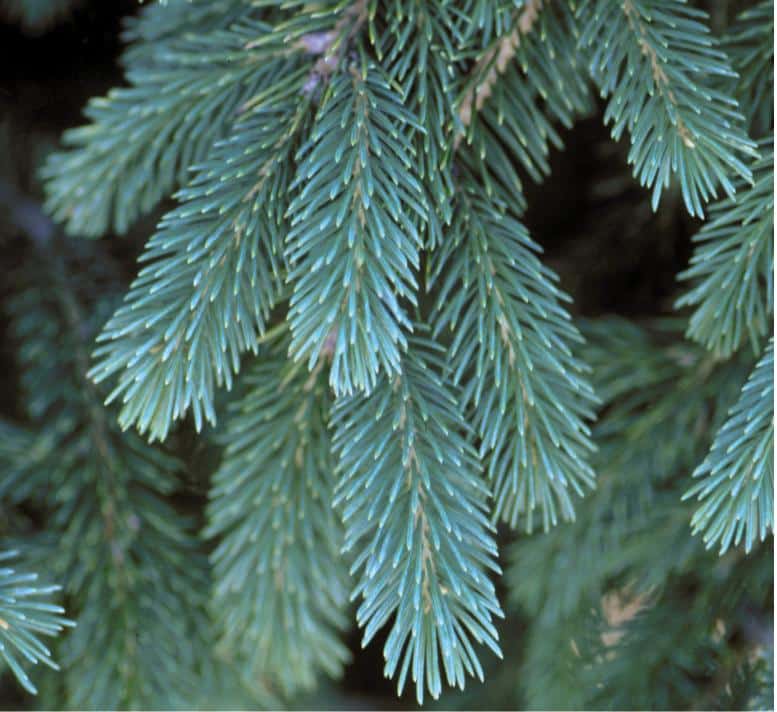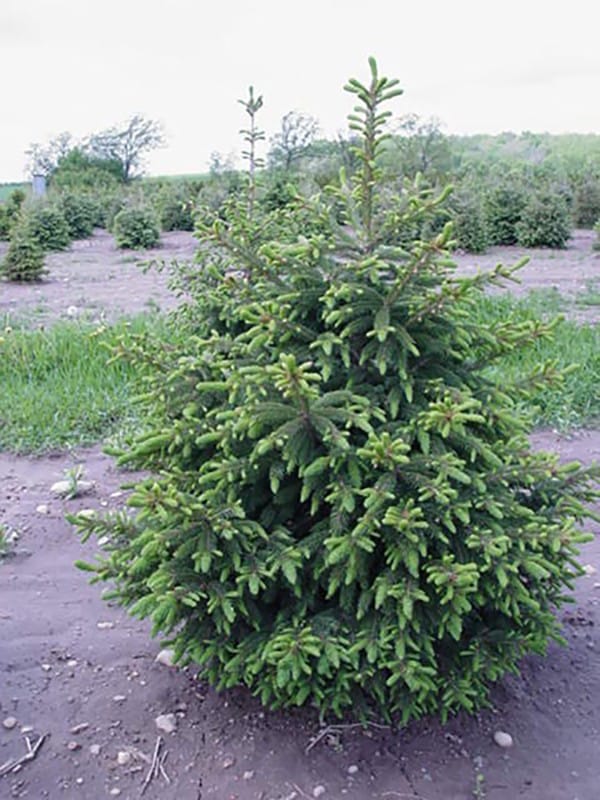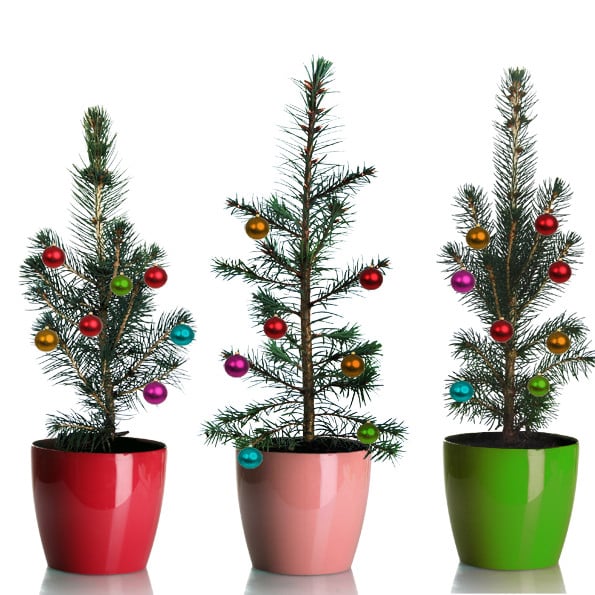If the idea of a living Christmas tree is appealing, but you don’t have much space, try a mini tree. You can enjoy the look of a live tree and then plant it in your garden next spring.
“Living tabletop Christmas trees are ecofriendly,” says Chris Link, e-commerce manager at Nature Hills Nursery. “Why purchase a fake tree, or one you’ll throw away, when you can plant a little tree after you’re done using it?”
 (Nature Hills Nursery)
(Nature Hills Nursery)Small living Christmas trees are great for anywhere space is an issue, such as apartments and offices. They are also an ideal accent for areas like dining and side tables, desks and mantels.

In order to have luck keeping a mini Christmas tree thriving in your home this winter so you can plant it outside next spring, keep the following tips in mind.
Indoor Living Christmas Tree Care
Keep the tree healthy indoors, by placing it near a window that gets bright light, if possible, or under full-spectrum lighting. Avoid locating the tree in an area near a heating vent, as this tends to be too drying. The ideal temperature for the room is 70 degrees Fahrenheit. Water the plant when the top inch of soil has dried out. Avoid overwatering, as soggy soil will lead to root rot.
Decorating Your Indoor Mini Tree
Use care when decorating your tree, as the small limbs are fragile. Use lightweight ornaments and avoid overloading branches. If decorating with lights, opt for LED ones, which stay cooler.
 Keeping Your Tree Alive Until Spring
Keeping Your Tree Alive Until Spring
After Christmas, store the tree somewhere cold, such as a garage, unheated basement, enclosed porch or sheltered patio or deck for a minimum of four weeks, as these trees need a cold period, advises Link. “Temperatures between 35 to 45 degrees are ideal.”
Water sparingly during this time—just to ensure that the soil doesn’t dry out completely, says Link. “Check the soil in the pot every week. Roots and soil should be moist but not standing in water,” he says. Also provide a source of light, such as a window or full-spectrum lighting.
Planting Your Tree Outdoors in Spring
When the weather warms and the outdoor soil dries out, move your tree outside into a shaded location for two to three days prior to planting. This will allow it to acclimate to outdoor weather.

Follow these steps suggested by Link to plant your mini Christmas tree.
Find an ideal location. Many living Christmas trees are spruces, which require sufficient space when mature. Plant at least ten feet away from a building. Also choose a spot that is sunny and has well-draining soil.
Water the pot well an hour prior to planting to ensure the root system is moist.
Dig a hole deep and wide enough to allow room for all of the roots.
Remove the tree from the pot. Loosen the root ball slightly with your hands, which will aid roots in entering the surrounding soil.
Place the mini tree in the planting hole; backfill with the original soil and gently firm the soil around the roots. Check plant depth. The seedling root ball should be covered and at the same level as the surrounding soil. Avoid planting too deep.
Water generously when planted and check twice a week for the first season. Water when the first inch of soil has dried, but avoid overwatering. You don’t want the planting site soggy.
Apply a 2-inch layer of mulch around the plant to maintain even moisture.
If deer are a problem, place chicken wire or a plastic cylinder around the tree for protection.
Julie Bawden-Davis is a garden writer and master gardener, who since 1985 has written for publications such as Organic Gardening, Wildflower, Better Homes and Gardens and The Los Angeles Times. She is the author of seven books, including Reader’s Digest Flower Gardening, Fairy Gardening, The Strawberry Story, and Indoor Gardening the Organic Way, and is the founder of HealthyHouseplants.com.

